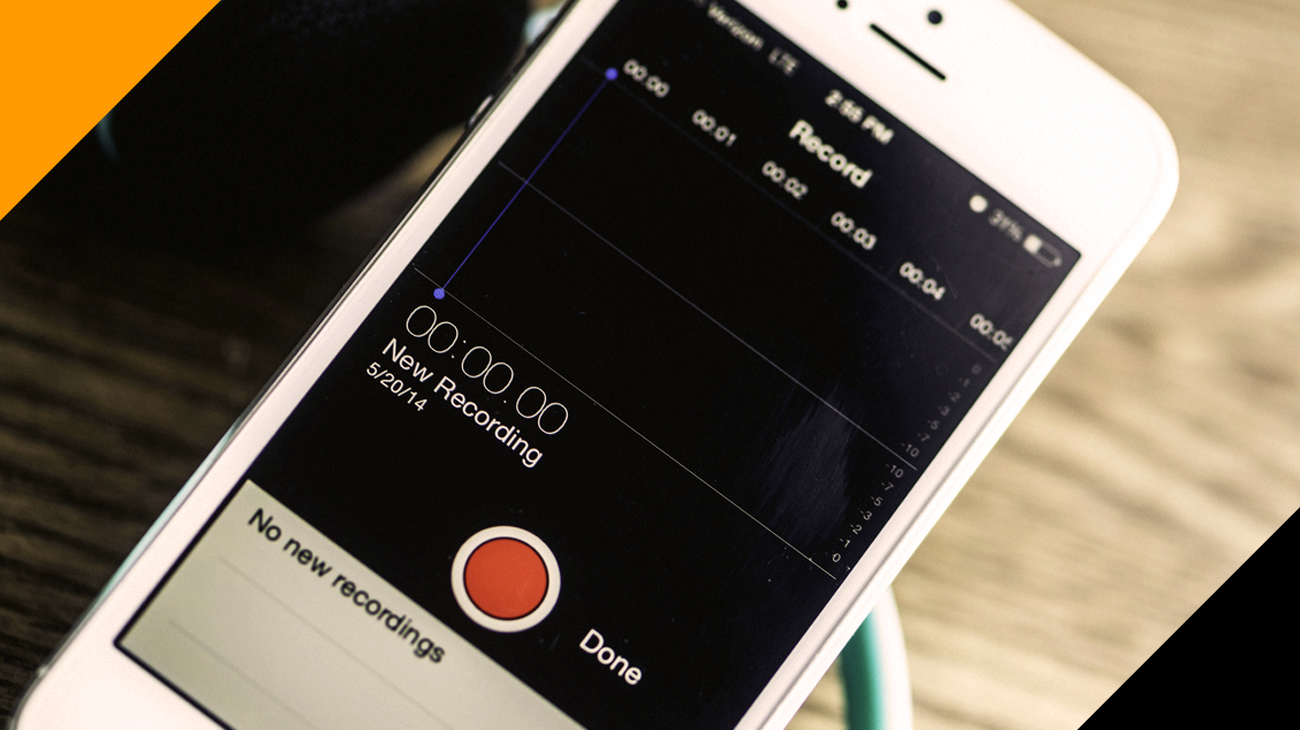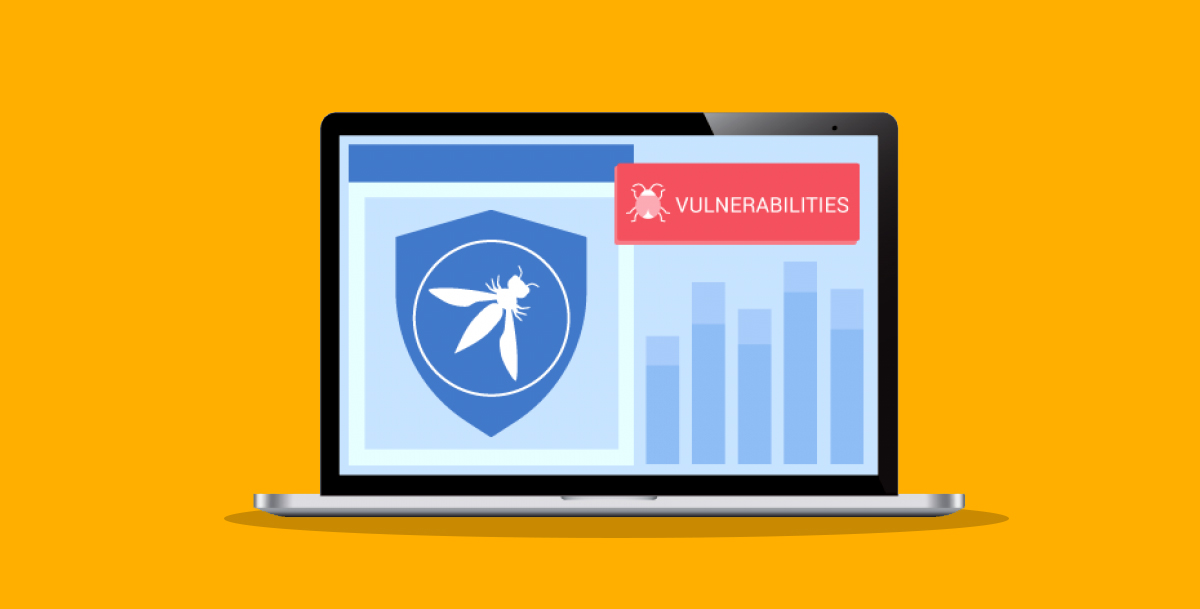Your Guide to Successful Cold Calling

Why Is Cold Calling Important To Your Business?
Cold calling, or cold calling, gets mixed reactions in the world of marketing and sales. Some managers believe it’s not effective enough to warrant bother. It’s out of date, especially with the popularity of the Internet in which people are constantly bombarded by sales messages from every angle.
Many people swear by people who have used it. It’s inexpensive, efficient and offers direct contact with customers. It’s a great opportunity to market your services and products. Smaller businesses who use cold-calling successfully understand the stigma and stereotypes associated with cold-calling are not true. First of all, it’s not a bombardment of pressurized sales solicitations.
Cold calling is essentially business development. What business wouldn’t conduct this? If you’ve made a cold contact to a potential customer, even to gather information, you’ve been cold-calling. Even with previous experience, cold-calling incorrectly could result in catastrophe. Here’s the solution to What Should You Not Do In Cold Calling?
Table of Contents
What Should You Not Do In Cold Calling?

What Should You Not Do In Cold Calling? Don’t take it personal, go straight to your sales pitch, waste time, then hang up without following up. Don’t forget that the person you are calling is the main focus, and attempt to overcome fears and objections. Cold calling is often given an unfavorable reputation due to sales representatives who don’t respect the time spent by prospects. It’s the sales representative’s responsibility to make the call an enjoyable one, and not go overboard.
- Take it personal: It’s unlikely that everyone will be thrilled that you’ve called them in the middle of the night. Rejection is an essential element of any sales process. Prospects who respond “no” aren’t rejecting you in any way, so don’t take it personally. They’re simply saying that your product doesn’t seem to be an ideal fit for them. Don’t be too sensitive. You’re just doing your job. Getting the “no’s” is going to make you think yes.
- Jump straight Into your pitch: This is your first contact with the prospect, and you’re not yet earning their trust, respect or established credibility. One of the most effective methods to begin an interaction is to start with a query that addresses an issue or problem you’re aware of your prospect’s issues and which you believe your product or service will help solve. It is ideal to concentrate on building relationships and gaining their confidence before you push products or services onto them.
- Waste their time: The person you are calling in the middle of nowhere. They may be in process of completing something vital. Be considerate and respectful of your time. If they state that it’s not a good time then reschedule. If you’re cold calling you’re basically encroaching on the day of someone else. Be sure that your call isn’t disruptive to their day.
- Hang up without a follow-up: If the conversation is coming close to the end of your conversation, you can ask to set up a second call or a follow-up call. Inform them that you will be in touch to sum the discussion and send an invite to the calendar you agreed to. It is your responsibility to ensure your relationship is maintained.
- Forget that the prospect is the focus: Be aware that the conversation must be focused on the potential customer, not your business. Make sure that the conversation is tailored to the prospective customer. Ask questions and discover problems. Don’t pitch the product you offer or your service during the first cold call unless the prospect wants you to.
- Try to overcome all concerns & objections: Do not try to defeat every objection. Instead, go deeper to determine the real reason behind the objection. There will be a few prospects who are skeptical or have doubts about the product you’re trying to convey. Be prepared to let a few go if they cannot overcome these fears.
Cold calls can be frightening and stress-inducing. However, cold calling can open opportunities to establish business connections. It is an opportunity to show your personality and allow your personality to shine through. You aren’t a machine with a screen on your computer, and you’re not a salesperson who is hungrily seeking money. You are a human exactly like your prospect engaging in a conversation.
What is Cold Calling?
Cold-calling is a method of selling that involves contacting a prospective client or customer with no prior discussion or contact with an agent of sales. When cold-calling is utilized by an agent, it is visiting potential buyers without prior notification or appointment. Cold-calling is distinct from warm-calling. It is a strategy for selling that can be used for prospects who have previously engaged in conversations with salespeople about the products of a business. Cold-calling is a dated method of selling, but it is slowly losing its appeal to salespeople given that people do not like being approached by salespeople with no previous contact.
How does Cold Calling Work?
Although cold-calling is a dated strategy, it’s still an effective sales strategy employed by salespeople. There are various cold-calling strategies that are used to market products. An agent can contact an individual prospect (who doesn’t know the name of the salesperson) to schedule an appointment aimed to promote their product. Another option is to make the prospect visit at their doorstep in order to sell products to them. This is also known as”telemarketing. Certain countries have strict laws against cold-calling because they are considered illegal in specific situations. When selling on cold-calls, salespeople solicit patronage from potential customers they do not have previous interactions or connections with. Although some cold-calls work, the majority of cold-calls are turned off by prospects.
Cold Calling Strategies |
|
|
You don’t need an entire client profile, but you should know the essentials. Search for your prospect on social media and check internal correspondence to see if they’ve interacted in any way with your company. If you’re coming up blank, take a look at similar prospects and their pain points. You want to enter the conversation with something other than just your product to offer. |
|
80 percent of sales happen after the fifth contact attempt. even if your prospect didn’t sign up or agree to an appointment, send that follow-up email anyway. You never know what might happen. |
|
Who did you call? When did you call them? Did they pick up? Did you leave a message? Did you send a follow-up email? Did any concrete results occur after the call or email? Those metrics will keep you organized and on track. it’s unreasonable to attempt to remember these details for hundreds of prospects, so write them down. better yet, enter them into a crm. |
What are the Don’ts of Cold Calling
- Don’t Ask “How Are You Doing Today?”
- Don’t Ask “Is Now a Good time?”
- Don’t Excuse Yourself
- Don’t Say You’re Just “Touching Base” or “Checking In”
What are the mistakes to avoid during a cold call
Cold calling isn’t easy. But research shows that in the present, when many marketers consider cold calling is dead, it’s still more efficient than trade shows, or even email marketing campaigns.
There are many complaints that you’ve heard of other people selling (or maybe you’ve even expressed your own). However, if you’re not seeing results, it’s probably not the method that’s the problem. It’s your method of use. So, in other words? You’re not doing it right. Here are the top 10 cold-calling mistakes to avoid, so that you will be able to get results immediately:
- You don’t know your product inside and out.
- Do not talk to the wrong people.
- It takes too long to ask the question.
- Asking closed questions.
- Not listening.
- The idea of closing too soon.
- The sound is too commercial.
- It sounds too tame.
Cold Calling Techniques
In most cases, remarks and questions unfriendly or aggressive will make B2B sales reps get into trouble. Three golden rules to success in cold-calling:
- Utilize a customer-centric method to provide answers and questions that inspire confidence
- Have a keen desire to gain knowledge and understanding.
- communicate value that is specific to the buyer’s requirements.
Conclusion
For a lot of sales teams, cold-calling can be a nightmare, but it does not have to be. With just a few tweaks to your strategy and a sales plan that is close to your reps and intelligent automated tools, you may be amazed to learn that cold calling isn’t as challenging as it was in the past. Perhaps you’ll think the people who say cold calls are still alive and well, are in fact right.
Frequently Asked Questions
What is the goal of a cold calling?
The objective of cold calling has been extensively discussed and it is for the right reasons. Salespeople can commit a major error in their expectations. They do it by one of two ways:
- They don’t expect enough: A lot of salespeople make an initial cold call in order to “Say hello” and “Introduce myself” and “Send some information”. They usually don’t have any strategy beyond this. They may make a pitch but they don’t have clear next steps. Most of the time, they end up taking lots of time on the phone but with no outcomes.
- They expect too much: Certain salespeople are prepared to go through a complete sales cycle in a cold call. When they are done with the call, they’ve pitched their entire proposition and are able to hand over an agreement. I’ve heard this being called “show up and throw up” (or could it be telephone up and throw it up?) Although this method definitely can get lots of contracts signed (which take a considerable amount of time to prepare) it usually takes quite a while to return (like the majority of times).
Both of these errors are difficult for salespeople and usually result in the salesperson looking for different ways to attract new customers and not to make an ever again cold-call.









